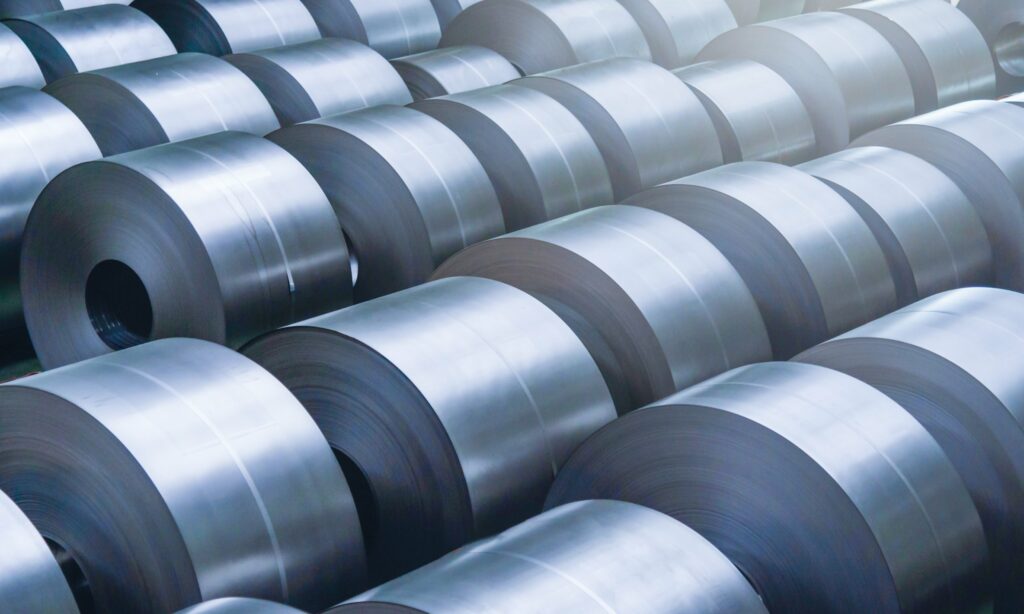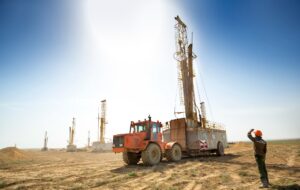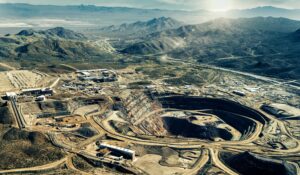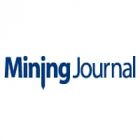The Metals Company (TMC) and Benchmark Mineral Intelligence, have completed an environmental impact study of TMC’s NORI-D project – a deep-sea mining effort in the Clarion Clipperton Zone (CCZ), which is a vast stretch of seabed between Hawaii and Mexico. This region is home to trillions of potato-sized polymetallic nodules rich in nickel, cobalt, manganese, and copper. The study compared the entire production lifecycle of metals from these nodules, including mining, transport, processing, and refining, to similar processes on land. It also factored in key environmental metrics like greenhouse gas emissions, water use, air pollution, acidification, and nutrient runoff.
The findings suggest significant performance gains over many traditional methods. In most environmental categories, the deep-sea route showed substantially lower impacts compared to land-based production, including mining Indonesian nickel laterites and Congolese cobalt and copper sulfides. In terms of nickel production, TMC believes its method could cut emissions by 70–80% compared to the most common land-based routes.
I’m not convinced by seabed mining. To clarify, there’s no question that seabeds around the world are host to remarkable mineral deposits. The issue for me is an environmental one. The world is transitioning to clean energy for a reason. Seabed mining doesn’t screen environmentally friendly to me, especially when there are a lot of options already on the table. For example, the massive Turnagain nickel deposit in Canada has rock that, when processed to extract the nickel, will actually sequester carbon.
At any rate, regulators are watching closely. The International Seabed Authority (ISA), which governs deep-sea mining, has been drafting a mining code since 2014 and is expected to finalize it soon. Currently, about 20 international companies hold exploration contracts in the CCZ, covering more than 1.28 million square kilometers. Roughly 90% of all deep-sea nodule exploration is taking place in this zone, making it a global hotspot for seabed exploration activity. We’ll have to wait and see what the ISA code looks like, and whether these deposits actually get developed.
Anthony Milewski
Chairman, Nickel 28 Capital




















